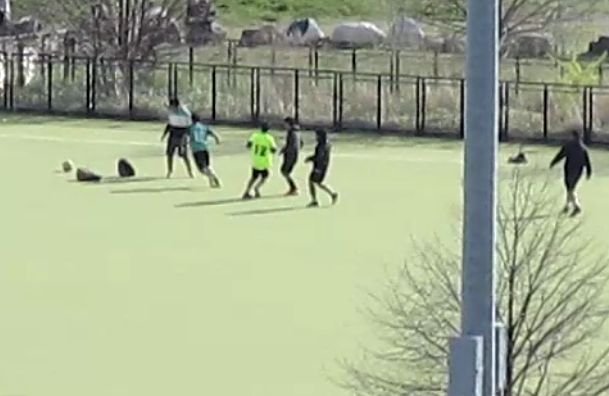NameRedacted
Recycles dryer sheets
- Joined
- Oct 23, 2016
- Messages
- 236
Governor Cuomo has been getting a lot of credit for daily briefing which have been factual and informative. However, credit should be given to the governors of Washington State and California who took action early to shut down the school system. Both Washington and California governors were smart to take the issue seriously from the beginning and consult both public health experts and bio-technology companies for their expertise. Their only mistake was to rely on the federal roll-out of the FDA approved test kits and using Qwest Diagnostics as the central lab for testing which became a serious bottleneck. This has been fixed. San Francisco was the first city to shut down followed by Los Angeles and then the State of California. So far the curves are much flatter in California but as the governor stated recently, testing has been lacking and low relative to the population size. However, he stated that testing will be ramping up (antibody testing) to better understand how many people have been infected followed to help understand who can return to work and who to isolate.
Yes, the only thing I can fault Cuomo on is that he got a bit of a late start but still much better than the Federal Government, but then again it's easy to say that with the benefit of hindsight.
In my opinion it was always going to be bad in NY City - densely populated and so many people reliant on crowded public transport.

